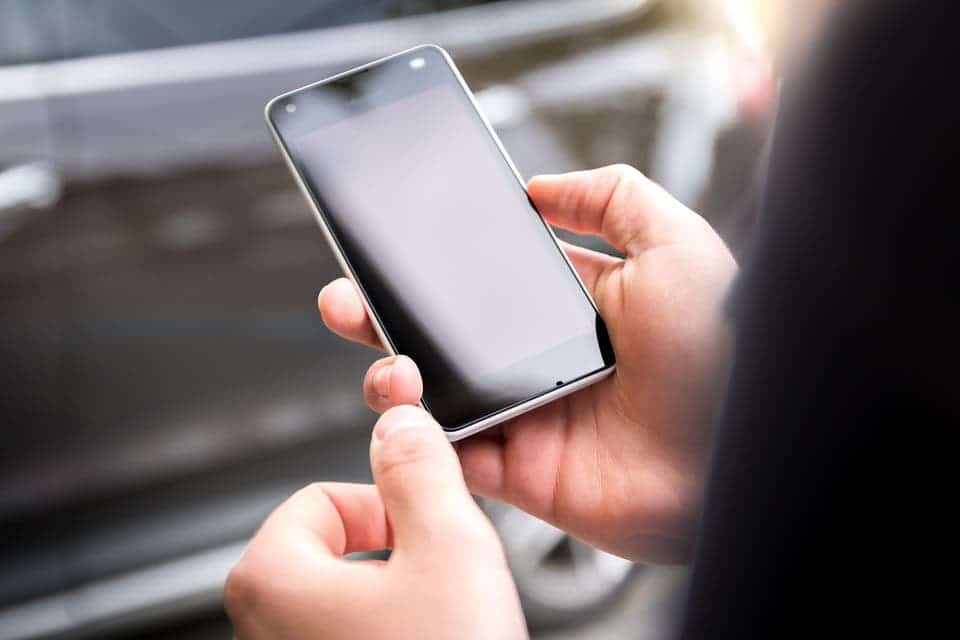Researchers at the McLean Hospital are working to make it so that individuals with anxiety, depression, and other mental health conditions receive on-demand cognitive bias modification for interpretation (CBM-I) through a simple app. It is a way to change mental habits without visiting a therapist.

CBM-I is a class of interventions that are used to shift an individual’s perception of certain situations. In effect, it plays on our own perception biases, which are linked to several different types of mental disorders. The team behind this study analyzed the viability of combining CBM-I with cognitive behavior therapy (CBT) for the treatment of psychiatric disorders and whether or not this approach can be used outside a hospital setting.
We have an app for that
“CBM-I tries to address […] a mental habit that is implicated in many mental disorders,” says Courtney Beard, Ph.D., director of McLean’s Cognition and Affect Research and Education (CARE) Laboratory and lead author of the paper. It is comprised of “a class of interventions designed to shift people’s interpretations of ambiguous situations in either a more positive or more negative way.”
One of the approaches involved in CBM-I treatments is presenting patients with a series of word association questions regarding everyday scenarios. For example, a patient could be presented with a conversation in which one person was yawning, then asked if that individual was “tired” or “bored”. If they pick “tired”, they are told they are correct; if they say “bored,” they are told they’re incorrect. Through repetition, this type of CBM-I therapy helps the person reframe or reassess these daily ambiguous situations.
“People face countless interactions like this every day in their lives,” Beard said. “If you have a tendency to jump to a threatening or negative conclusion, it can have a huge impact on how you’re feeling and on what you do and how you react. You can get stuck in a cycle that can maintain anxiety or depression.”
For their study, Beard and her colleagues implemented and mixed the two treatment types together in a partial hospital setting. They presented patients with word-sentence associations that encouraged patients to endorse positive interpretations and reject negative interpretations. The results showed that CBM-I was well received by acute psychiatric patients and that it improved their response to treatment. Many of the patients, the team explains, stated that CBM-I helped bolster their primary (CBT-based) care. The word association exercises also helped the patients reframe (and thus better manage) negative situations.
Based on these results, Beard and her team are moving forward with a National Institute of Mental Health-backed study to develop a smartphone version of the treatment.
“With the smartphone app, we can offer CBM-I to many more people at one time,” Beard said. “They can practice new skills, create healthy mental habits, and stop automatically jumping to negative conclusions. And they can do it on demand.”
This app could be particularly helpful for people who have just been discharged from a treatment program, she adds.
“They can use it during the month transition period after they leave the hospital, which is a risky and challenging time for them,” she said. “It quickly shows people what their brain is doing. The patient sees hundreds of situations in a short amount of time.”
“So, they see how often they jumped to a negative conclusion, and that can be very powerful. It’s kind of like cognitive therapy in your pocket — but a little different and a lot faster,” she concludes.
The paper “Translating CBM-I Into Real-World Settings: Augmenting a CBT-Based Psychiatric Hospital Program” has been published in the journal Behavior Therapy.



